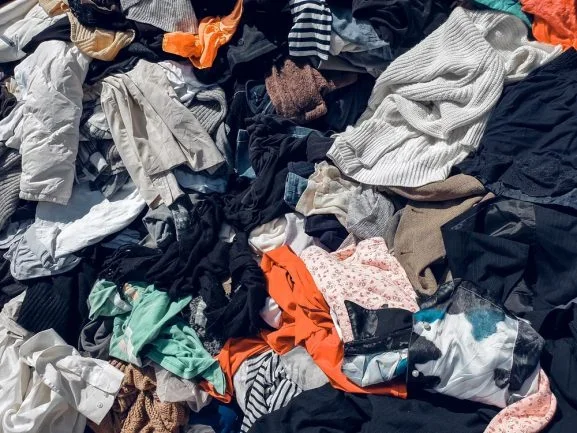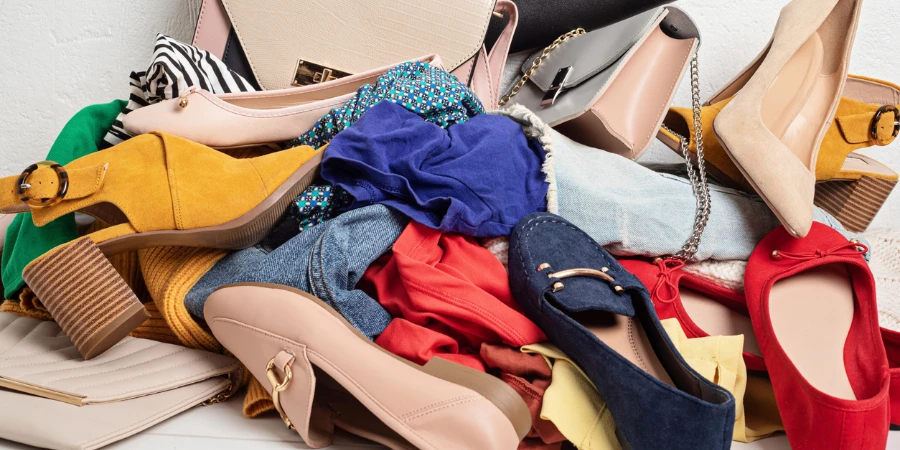New rules proposed by the European Commission aim to prevent and reduce textile waste across the EU.

MEPs in the EU’s environment committee have voted in favour of adopting a proposed revision of the Waste Framework Directive.
The new rules will set up extended producer responsibility schemes for textiles sold on the EU market.
By 1 January 2025, EU countries will need to offer separate collections of textiles for reuse, preparing for reuse and recycling.
The new rules cover clothing as well as accessories, hats, footwear and other textile products. Items made from leather, composition leather, rubber or plastic are also included.
Companies that sell to consumers in the EU will need to cover the cost of separate collection, sorting and recycling textiles, with the amount charged proportionate to the cost of processing.
Clothing and footwear are estimated to account for 5.2m tonnes of waste in the EU, equivalent to 12kg of waste per person every year. Less than 1% of textiles worldwide are currently recycled into new products.
Passed with 72 votes in favour, none against and three abstentions, the rules will also increase waste reduction targets in manufacturing. EU countries will need to reduce the average annual waste produced in manufacturing by 20% by the end of 2030, up from the previous 10% target.
Retail, restaurants, food service and households will also have to reduce waste by 40% per capita by 2030.
The reductions will be measured against the average waste generated between 2020 and 2022.
MEPs have asked the commission to consider legislation on higher targets for 2035 of at least 30% and 50% respectively.
Rapporteur Anna Zalewska said in a statement: “For textiles, we patch up loopholes by also including non-household products, carpets and mattresses, as well as sales via online platforms. We also request a textile waste reduction target, with an oversight of exported used textiles.
“Better infrastructure to increase separate collection should be complemented by sorting mixed municipal waste more efficiently, so that items which can be recycled are extracted before being sent to the incinerator or landfill.”
The European parliament is expected to vote on the proposals during the March 2024 plenary session. This will be followed up by the new Parliament after the EU election in June 2024.
The new textiles strategy was originally proposed by the EU Commission in 2022, which aims to make clothing longer-lasting, easier to repair and its journey to point of sale traceable.
Environmental groups have previously highlighted that the most significant global warming impact of the fashion and textiles industry lies in the production phase, and called for more focus on the start of the supply chain.
Source from Just Style
Disclaimer: The information set forth above is provided by just-style.com independently of Alibaba.com. Alibaba.com makes no representation and warranties as to the quality and reliability of the seller and products.




